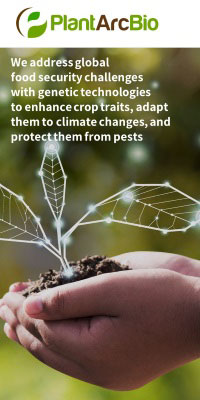Honey bee colony losses in recent years, particularly in Europe and North America, have raised public concern in many countries around the world. Understandably: bees and other pollinators provide a critical service to agricultural and natural ecosystems.
While much scientific opinion points to combinations of factors affecting bee health, the EU decided in 2013 to take regulatory action by placing restrictions on the use of several neonicotinoids while their impact on bee health was further investigated. Amongst those products is Elado®, a seed treatment containing the neonicotinoid clothianidin and a well-established standard to protect oilseed rape (OSR) from pests.
Bayer does not accept the unjustified decision by the European Commission and believes it will not contribute to improved bee health. The company has, however, been supporting further investigations on the pesticides at stake.
I’m Juergen Keppler, Group Leader Ecotoxicology at Bayer’s Crop Science division, and I’ve been involved in bee research and risk assessment since joining Bayer over 15 years ago. As an agronomist, I want to ensure we strike the right balance: we have a responsibility to make best use of favourable agronomic conditions and contribute to global food supply in a sustainable way, including protecting pollinators.
During the development of plant protection products, extensive lab assessments under strict testing conditions are performed to characterize the risk potential. If risks can’t be excluded on the laboratory scale – as is the case for certain neonicotinoids and bees – higher tier effect and exposure studies under more realistic conditions are performed to show products and uses can be registered.
While these kinds of studies had been performed and evaluated to obtain the registrations for restricted products, Bayer decided to organize a monitoring on the impacts of clothianidin on three bee pollinator species in Mecklenburg-Vorpommern – a key European OSR growing area. This study was on an unprecedented scale: Bees exposed within an area of 65 km² where all OSR had been treated with Elado® were compared to bees in an adjacent 65 km² landscape without neonicotinoid OSR treatments. Research was conducted by a Contract Research Organisation, who specialise in field studies. It also involved several renowned bee experts for the different bee species tested – wild bees, bumblebees and honey bees – independent from both the research organisation and Bayer.






















